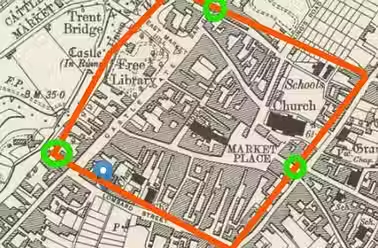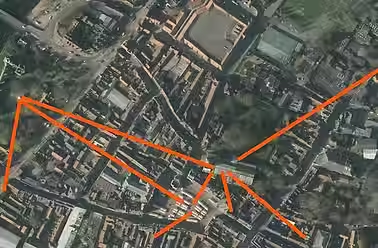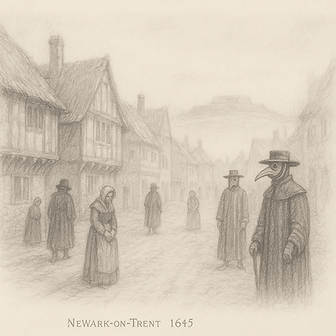
Historic Sites & Stories
Newark Contains a number of important historic sites. in and around the area
The below contains a brief detail, with relevant links for more info
Click each picture to find out more
Ad Pontem was established as a Roman fort and settlement along the Fosse Way, a major Roman road that connected Exeter to Lincoln. The name "Ad Pontem" refers to its location near a bridge over the River Trent, which was a crucial crossing point1.
The Battle of Stoke Field, fought on June 16, 1487, near East Stoke in Nottinghamshire, is considered the last significant battle of the Wars of the Roses.
The Norton Disney Dodecahedron
The Norton Disney Dodecahedron is a fascinating archaeological find that has garnered significant interest.
Crococalana was a significant Roman settlement located near the modern village of Brough, close to Collingham in Nottinghamshire. H
Before Newark-on-Trent became a hotspot for castles, cannonballs, and cream teas, it was surrounded by Roman settlements that made the area a logistical dream for toga-clad travellers. One such place was Margidunum, a name that sounds like a spell from Harry Potter but was actually a bustling Roman town just up the Fosse Way from Newark.
Queen's Sconce in Newark-on-Trent is a significant historical fortification with a rich past.
The Newark Torc is a remarkable Iron Age gold alloy torc discovered in February 2005 on the outskirts of Newark-on-Trent, Nottinghamshire, England. It was found by a local metal detectorist named Maurice Richardson
Millgate is part of Newark-on-Trent, The area has seen various phases of development, including a large pagan Anglo-Saxon cemetery and a Christian cemetery dating from around 950 to 1070 Millgate has been integral to Newark's economic growth, particularly due to its strategic location along the River Trent. This made it a key point for trade and transportation, especially during the industrial era
Click on the picture to find out about St Catherine's well and the legend of the fair Maid of Newark















